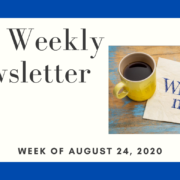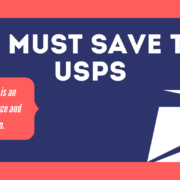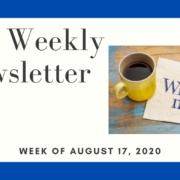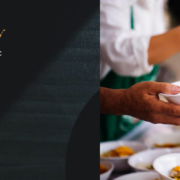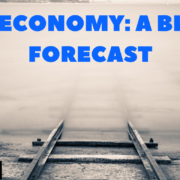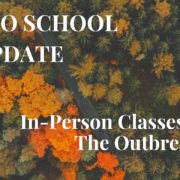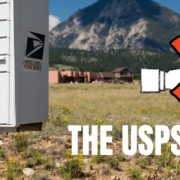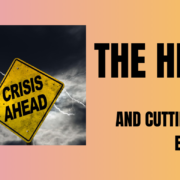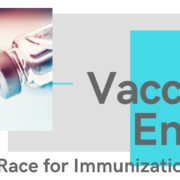In 2006 a law passed by Congress with bipartisan support that forced the United States Postal Service to prefund their employees retirement health benefits 75 years in advance and ever since this unnecessary and counterproductive legislation, it has been especially vulnerable. Now with the pandemic and lack of government funding, it is in a crisis. Making matters worse, the newly appointed PostMaster General has been making decisions that seem more aligned with dismantling the essential public service than saving it. In the past month reports have come in, along with pictures and videos, of post boxes being removed or locked, reduced office hours and potential closures.
Aside from the obvious implications this has in the upcoming November elections, there are many other reasons you should be extremely concerned about this trajectory.
The USPS is a huge employer. They have 600,000 workers, 97,000 of which are military veterans. This makes it one of the largest employers of veterans in our country. The last thing we need is an institution to go under that’s keeping Americans gainfully employed during the pandemic.
The USPS also goes places that Fedex, Amazon and other private delivery services don’t go. This means that it’s one of the only points of access to the outside world for many people, especially in rural areas. Oftentimes, products ordered through Amazon or sent through Fedex end up being outsourced to the USPS in order to deliver to those harder to reach places. If the USPS goes down, many people will be cut off from the outside world.
It is an essential service. Many rely on the USPS to mail checks to pay their bills, for life saving medication and other necessities, especially the elderly or disabled, and to stay in touch with loved ones. As mail service has slowed, people have protested, signed petitions and taken to social media to express their outrage and share their struggles. Some people talk about how they haven’t received their cancer medication on time and are still waiting. 313 million adjusted prescriptions were sent through the mail in 2019. Small businesses that depend on USPS to deliver their goods warn that if the Postal Service goes under, they will soon follow.
It will be terrible for the country if USPS can’t continue to operate. Even more small businesses will close than already have during the outbreak, 600,000 USPS employees will lose their jobs, and lots of people will no longer have access to lifesaving resources and medication and/or be unable to afford to send mail through other privatized delivery services that are far more expensive.
The post office is a historic US institution. In 1775 Congress named Ben Franklin the first Postmaster General and James Madison, the 4th president of the United States said this about its importance, “The power of establishing post roads must, in every view, be a harmless power, and may, perhaps, by judicious management, become productive of great public conveniency. Nothing which tends to facilitate the intercourse between the States can be deemed unworthy of the public care.” It has indeed become not just a great public convenience, but a great public necessity. Destroying it will throw us farther down a road it is becoming increasingly difficult to walk back from. We must preserve and defend the USPS, both for the masses of people who depend on it and for the health of our economy and public infrastructure.
To learn more about what you can do to save USPS and make sure it’s sabotage is not just stopped, but reversed, click here.
Yours in Strength,
The Take Back Control Team

